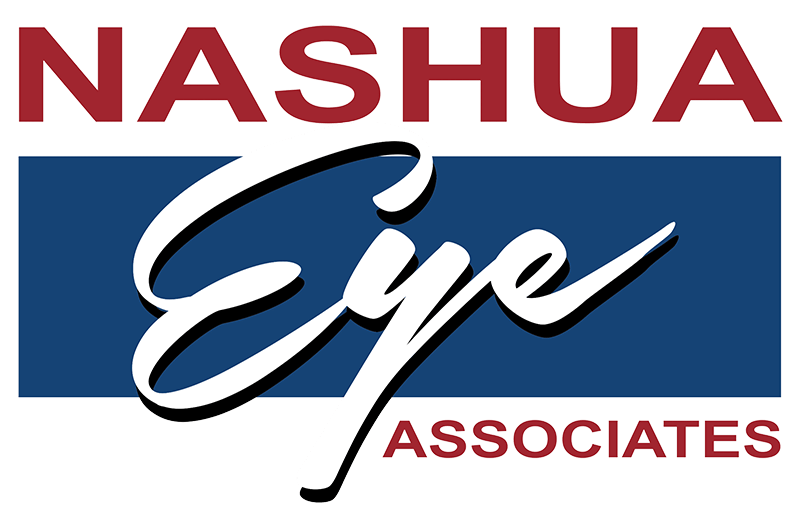A staggering amount of Americans don’t go in for routine eye exams. It is important to get your eyes routinely checked, as not all eye diseases cause rapid loss of vision. Eye exams generally don’t take very long and don’t require much effort on the patient’s part to complete. Below is a list of the 7 most common tests your eye doctor will have you go through during an eye exam.
Here is What to Expect:
- First time? If this is your first time getting an eye exam with a practice, then you will most likely have to fill out an eye and medical history form. This will essentially be a checklist with a bunch of potential symptoms you might be experiencing. Your eye doctor will use this for reference when he/she looks at your eyes during the exam.
- Snellen Chart: This isn’t as exotic as it sounds, in fact you have probably seen this a million times in movies, TV shows, advertisements, etc… The Snellen Chart (pictured above) is just a bunch of rows of text of varying sizes—the highest row being the largest and the lowest row the smallest. Your eye doctor will ask what is the furthest row down that you can read clearly.
- Retinoscope: Your eye doctor will use a little device called a retinoscope—A combination light/microscope. The retinoscope will be shined into your left and right eye, so that your eye doctor can get an accurate read on your vision and estimate your strength of prescription.
- Lens one or lens two? This is the fun part of the eye exam! Your eye doctor will now have you look through multiple lenses and ask which one makes the Snellen Chart appear more clearly. You will hear “Does the chart appear clearer with lens one, or lens two?” a lot during this part.
- Occluder: At this point in the eye exam, the doctor will mostly likely use a little paddle called an occluder. The occluder is used to block your vision, one eye at a time, to test how clear the individual sight in each eye is.
- Glaucoma Test: Commonly referred to as “the puff test,” it involves a little puff of air from a machine into each of your eyes. This helps your eye doctor determine the fluid pressure inside your eyes.
- Eye dilation: You may, or may not have to go through this part of the eye exam. If your doctor determines that he/she needs to dilate your eyes to get a closer look he will use special eye dilation drops.
That is the basics of what to expect when you go in for an eye exam. If you haven’t set up an appointment yet, you can set one up with us right here.




